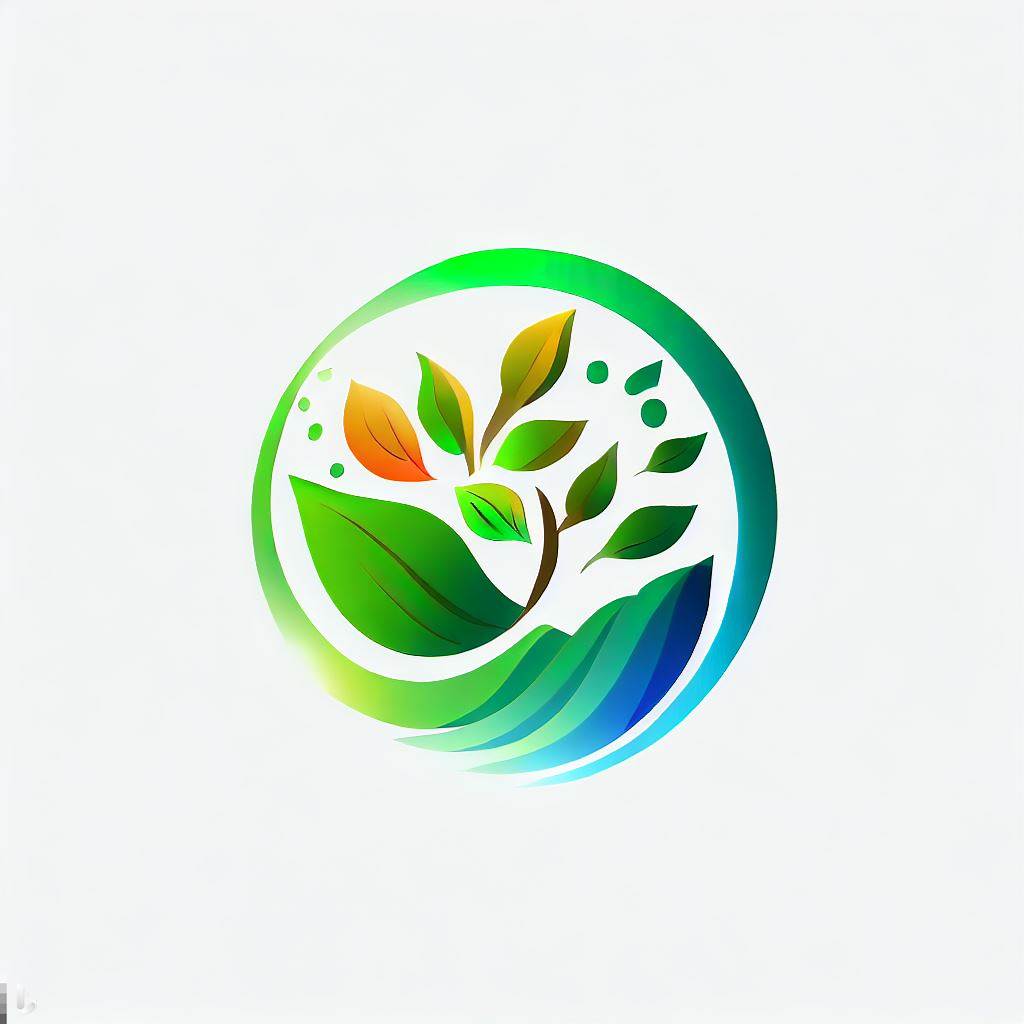Georgia experiences several droughts including one from 2005 to 2007 that made headlines as lake levels in Lake Lanier, which serves as a major water reservoir for Atlanta reached record lows. It was shown that this drought cost $2 billion dollars in loses, which included $87.6 million in recreation spending lost from visitors to lake Lanier as the lake levels were down 20.21 feet from full capacity. It was shown that this drought was caused by an increase in consumption rather than anthropogenic climate change. There have been other major droughts in 1954-1956, 1981, 1985- 1988, and 1998 – 2002, 2012 to 2013 and 2017. To lessen the effects of droughts in the future of Georgia, education, voting with our dollars as consumers, and a change in diet are key.
The county that I live in, Cobb County, has an excellent water stewardship program. They have a team of scientist that travel the county and regularly test the quality of streams and rivers. They also provide lots of programming with the public. They are home to the largest adopt-a-stream program in the country which is a great way to engage citizens in water quality issues. They often host workshops where you will make and take home a rain barrel. They also send out quarterly newsletters on water issues in the county and host stream clean ups in partnership with the Department of Natural Resources Rivers Alive program.
Education is key when it comes to our impending water crisis, as is growing programs such as the Cobb County Watershed Stewardship program. Even those I know who are extremely focused on treading lightly on the planet’s natural resources do not seem to be focused on it. In the U.S. only 8 percent of water used is used in households. A whopping 33 percent is used for agriculture and 59 percent is used by industries and much of this use is from groundwater. As a consumer, it is important to vote with our dollars and raise awareness of these practices and how harmful they are. That is, we should choose to support organizations that have water conserving practices and purchase their goods as opposed to purchasing from companies who might have more questionable practices. One example of this might be choosing to support a toilet paper company that donates half their profits to the development of water infrastructure in poorer nations versus a company that has received an F rating from the Natural Resources Defense Council, Inc. for their practices of cutting down virgin boreal Canadian forests (Company Who Gives a Crap vs Charmin). In addition, the benefits of purchasing secondhand goods cannot be ignored. As much as 2,700 liters of water are used to produce one cotton t-shirt. Once those resources have been used, they cannot be regained. By purchasing second hand, you are allowing the natural resources that went into the initial production not to go to waste.
It seems that a shift in diet will be necessary to lessen the impacts of the coming water scarcity crisis. Worldwide it is estimated that 70 percent of water is used for agriculture. The largest consumers of this water are the meat industry and water used to grow crops in arid climates- e.g., the large amount of produce that is grown in arid areas of California. Beef by far requires the most water to produce (15400 liter/kg as a global average). Whereas pigs (6000 liter/kg), or chicken (4300 liter/kg) take almost half as much water to produce. Reducing meat intake to those meats that consume less water and to fewer times a week would greatly reduce water intake. In addition, wild game hunting could also reduce demands on water resources as the water input to their production comes from rainwater and natural sources. An emphasis should be placed on locally produced food to help to reduce so called water exports to other watersheds. As water is treated and priced as if there will always be enough it is due to become the petroleum of the next century unless practices are put in place to lessen the impacts of droughts.
Sources:
Samantha Kay Chaisson. “Drought in Georgia: water scarcity issues and implications.” (2012). https://digitalcommons.lsu.edu/cgi/viewcontent.cgi?article=3324&context=gradschool_theses#:~:text=As%20identified%20by%20this%20research,policies%20that%20did%20not%20adequately
Natural Resources Defense Council, Jennifer Skene, and Shelley Vinyard, “The Issue With Tissue: How Americans Are Flushing Forests Down The Toilet”, (2019), https://www.nrdc.org/sites/default/files/issue-tissue-how-americans-are-flushing-forests-down-toilet-report.pdf
Who gives a crap, “About Us” https://us.whogivesacrap.org/pages/about-us
Bureau of reclamation, “Water facts- worldwide water supply” https://www.usbr.gov/mp/arwec/water-facts-ww-water-sup.html
USGS, Andrew E. Knaak, Timothy K. Pojunas, and Michael F. Peck, “Extreme Drought to Extreme Floods: Summary of Hydrologic Conditions in Georgia,” (2009), http://pubs.usgs.gov/fs/2010/3101/pdf/fs2010-3101.pdf.
Richard Seager, Alexandrina Tzanova, and Jennifer Nakamura, “Drought in the Southeastern United States: Causes, Variability over the Last Millennium, and the Potential for Future Hydroclimate Change,” Journal of Climate 22, no. 19 (2009): 5021-5045.
Mesfin M. Mekonnen, and Arjen Y. Hoekstra, “A global assessment of the water footprint of farm animal products,” Ecosystems 15, no. 3 (2012): 401-415.
James E. Kundell, Georgia Water Resources: Issues and Options (Athens: Institute of Government, University of Georgia, 1980), 1-9.
NOAA, “Billion Dollar U.S. Weather/Climate Disasters,” http://www.ncdc.noaa.gov/oa/reports/billionz.html.
Bruce A. Seaman, Bleakley Advisory Group, and PBS&J, “Lake Sydney Lanier Economic Impact Analysis.”
Cobb County- “Water Education” https://www.cobbcounty.org/water/education

Leave a comment